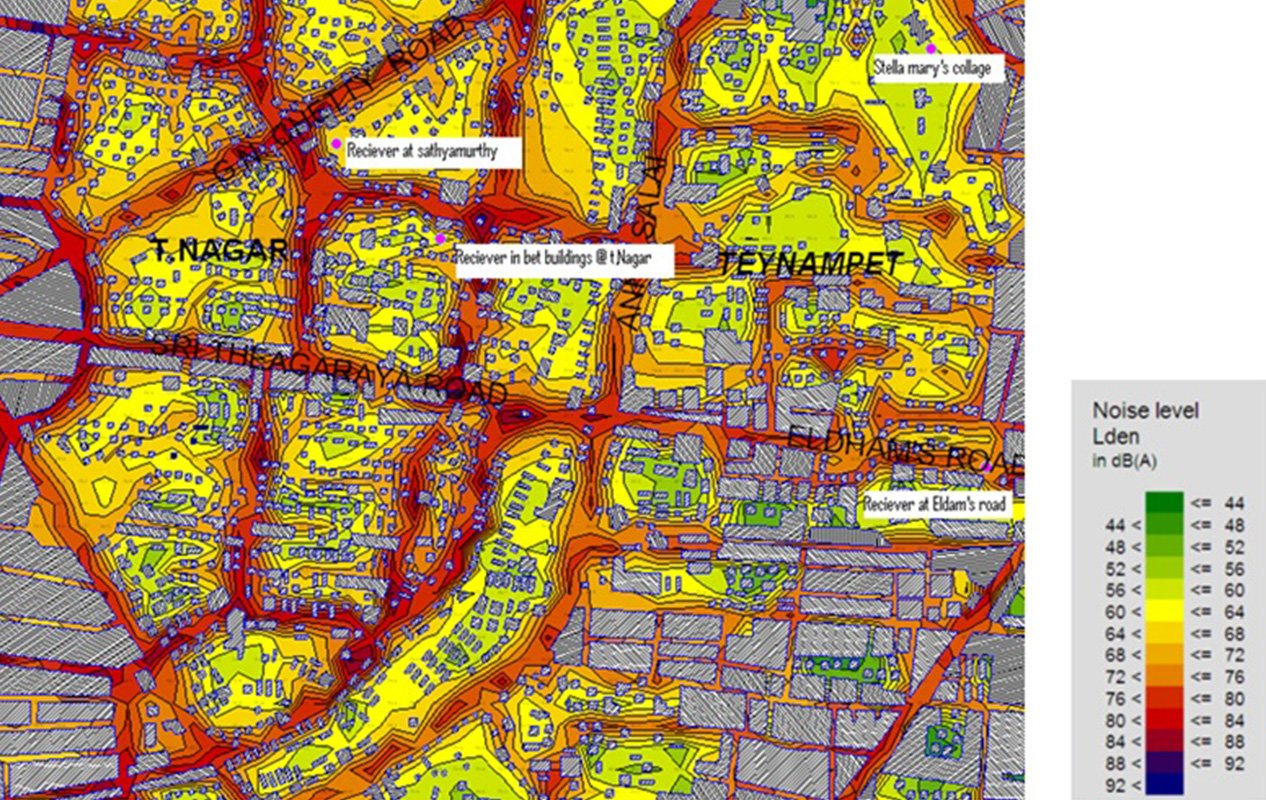

power functions) of the original signal and noise.Īim - To have minimum mean-square error(MSE), i.e. Prerequisite - the user must know the spectral properties(ex.

Weiner Filter -Ī statistical approach to remove noise from a signal. Mean Filter is an optimal filter for gaussian noise in sense of Mean square error. It is a simple sliding-window filter that replaces the center pixel value in the kernel window with the average (mean) of all the pixel values in that kernel window. 1.1 Linear Filters -Įffective for Gaussian and Salt and Pepper Noise. It is classified into Linear and Non-Linear filters. Here, we transform the given signal to another domain and do the denoising procedure there and afterwards inverse of the transformation is done in order to get final output. Transform Domain - It is needed when it is necessary to analyze the signal. Spatial Domain - In this, filters work directly on input image(on pixels of image).Ģ). In this article we will go through traditional filters in detail.ġ). Fuzzy based Filters - Filters which include the concept of fuzzy logic in their filtering procedure. These filters are further divided into Spatial domain filters and Transform domain filters.Ģ). Traditional Filters - Filters which are traditionally used to remove noise from images. We classify the image denoising filters into 2 broad categories -ġ). It is a process to reserve the details of an image while removing the random noise from the image as far as possible. Speckle noise can be modeled by multiplying random pixel values with different pixels of an image. Speckle noise is a rough noise that naturally exists in and corrupts the quality of images. This type of noise has a probability density function of a Poisson distribution.

Let's Assume - C(x, y) = Corrupted Noisy Image Īdditive Noise - where image noise gets added to original image to produce a corrupted noisy image. # Generally, noise is introduced into the image during image transmission, acquisition, coding or processing steps. It is an random variation of brightness or color information in images and an undesirable by-product of image that obscures the desired information. For each channel, pixel value is from range 0 to 255.Įxamples of Binary Image, Grayscale Image and Color Image are. Grayscale image - where pixel value is from range 0 to 255.Ĭolor image - Image comprised of 3 channels red(R), green(G) and blue(B). I(x, y) = pixel, where I denotes Intensity at position x and y.īinary image - where pixel value is either 0(dark) or 255(bright). Each number can be seen as a combination of x(horizontal) and y(vertical) coordinates, called as pixel. No, An Image is a multidimensional array of numbers ranging from 0 to 255. Is it someone's face, a building, an animal, or anything else? Before going deeper into Image denoising and various image processing techniques, let's first understand:įollowing it, we will understand the various traditional filters and techniques used for image denoising. There are a vast range of application such as blurred images can be made clear. Image denoising is the technique of removing noise or distortions from an image.


 0 kommentar(er)
0 kommentar(er)
